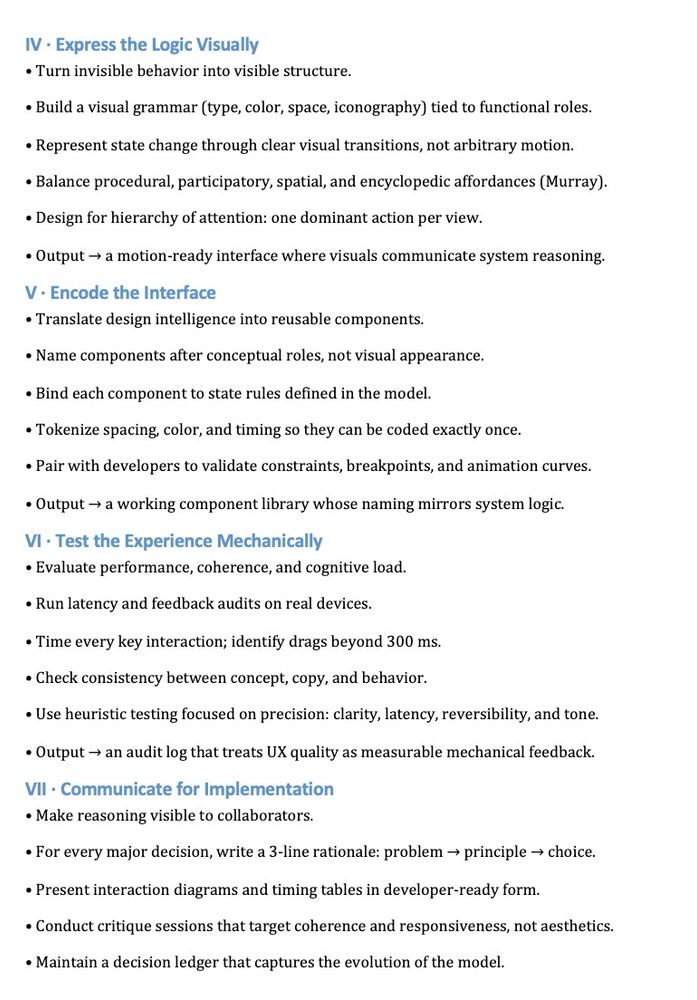Raghav Agrawal @[email protected]
@impactology.bsky.social
2.1K followers
3.3K following
5.7K posts
Former Diamond Dealer | Independently explored research in design, education, and cognitive science; now bringing those ideas to life via UX
https://twitter.com/impactology
Posts
Media
Videos
Starter Packs
Reposted by Raghav Agrawal @[email protected]
Reposted by Raghav Agrawal @[email protected]
Reposted by Raghav Agrawal @[email protected]






